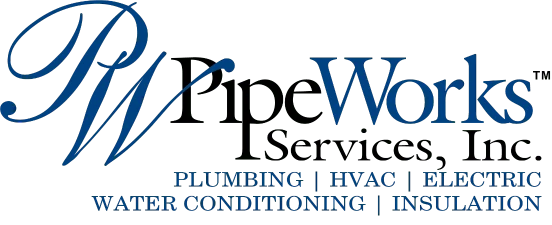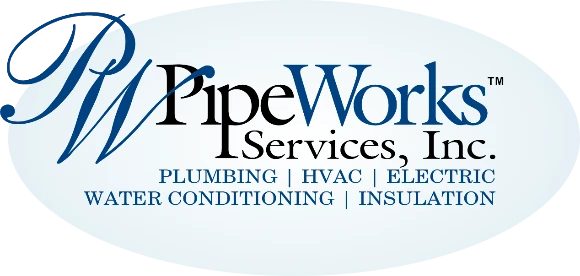Sealing air leaks in your home is one way to create a more efficient heating and cooling system and significantly reduce your HVAC costs. There are several main places to check for leaks including, faucets, electrical outlets, ceiling fixtures, water pipes, drains, plumbing fixtures, windows, and doors. Detecting potential leaks and sealing them can be done yourself, or with the help of a professional.
How to Select the Right Caulk
Buying caulk isn’t as easy as walking into the store and picking up a tube. A variety of types are available for specific jobs. Silicone caulk is the most versatile and can be used on everything from plumbing fixtures to windows and doors. However, they tend to be the most expensive. Expandable spray foam is a good choice if you have gaps larger than ¼ inch in width. They will expand into the area and create a tight seal. Try to get water-based caulk or expanding foam if possible. This will make them easier to clean. Non-water-based caulks require solvents to clean.
Applying Caulk
- Thoroughly clean the area that you will be caulking before you attempt to apply. Remove any existing caulk or paint, then dry the area. A clean dry surface will result in the best sealing.
- Apply the caulk in a steady stream in one direction from one end of the joint to the other. Make sure to keep the caulk at about a 45-degree angle to the joint so the caulk is forced deep into it.
- Release the caulk trigger about one inch from the end of your run to make sure you don’t end up with excess caulk at the end of the run.
- Use a caulk finishing tool or your finger to smooth out the edge of your caulk.
- If the caulk starts pushing out of the crack, use a putty knife to replace it.
- Remember, caulk will shrink as it cures, so fill all gaps.
- Only consider caulking when temperatures are above 45 degrees.
Pipe Works Services can help you with your caulking and energy audit needs in northern New Jersey. Call us today.




